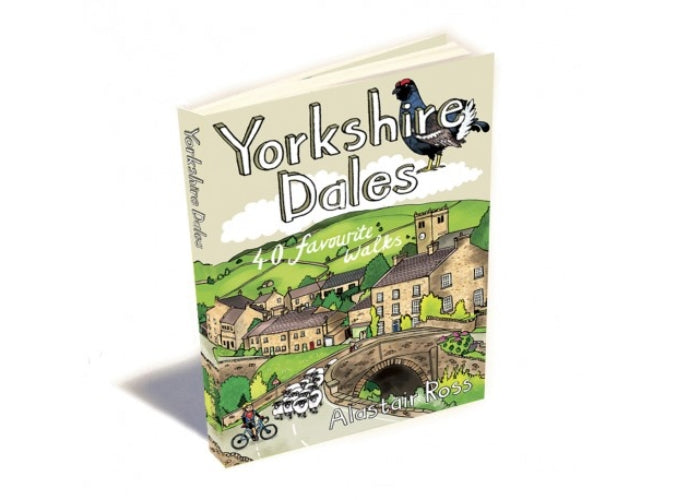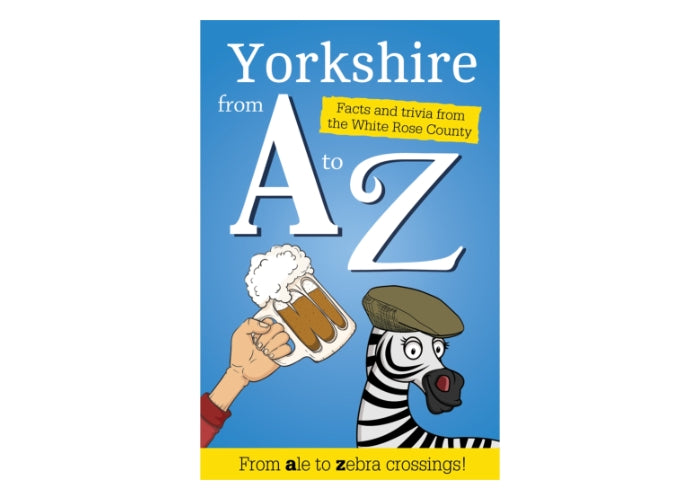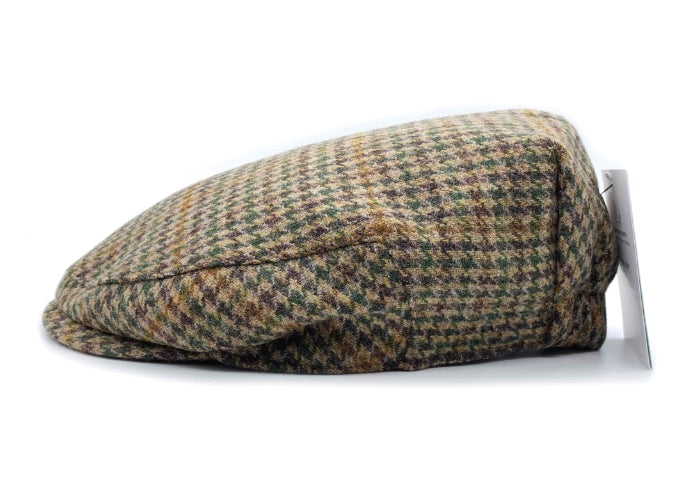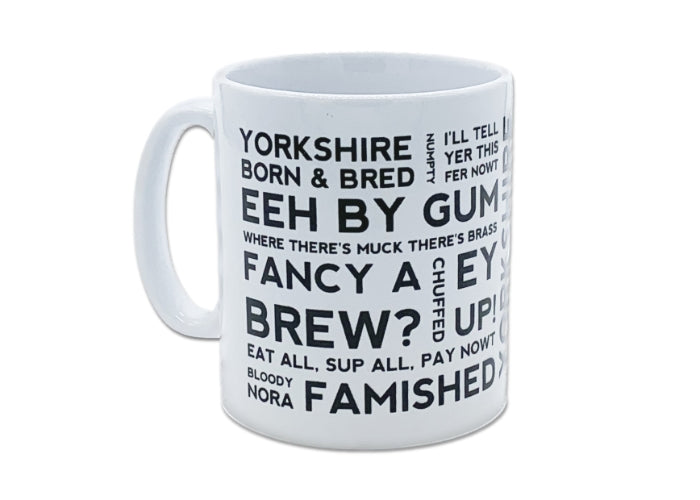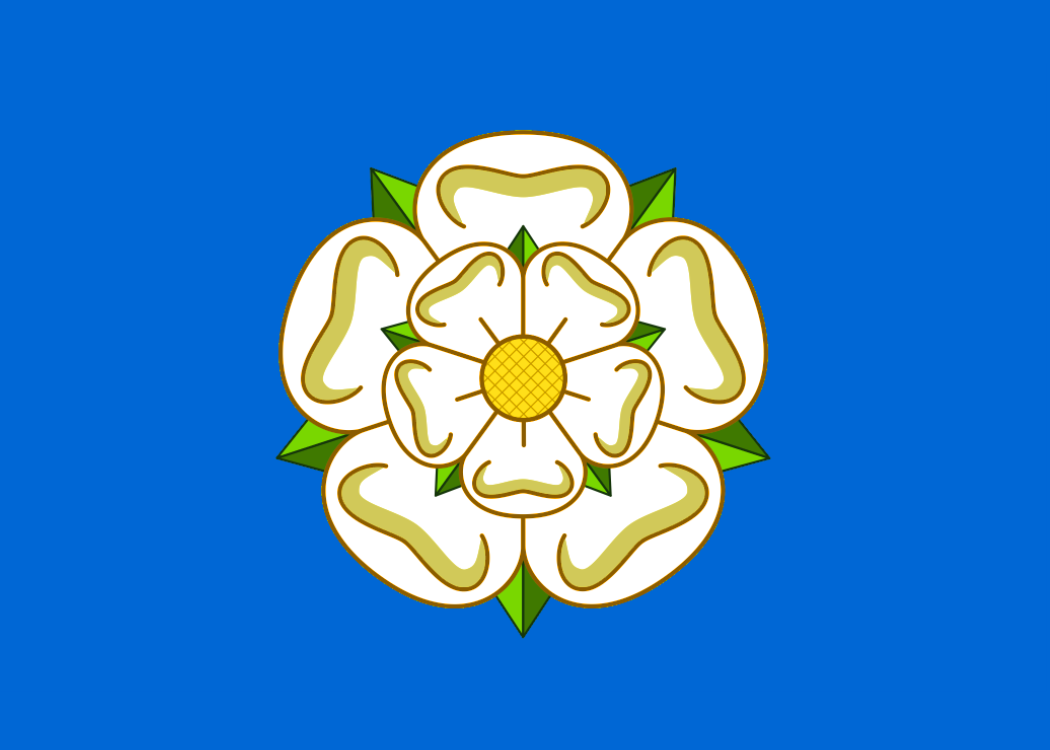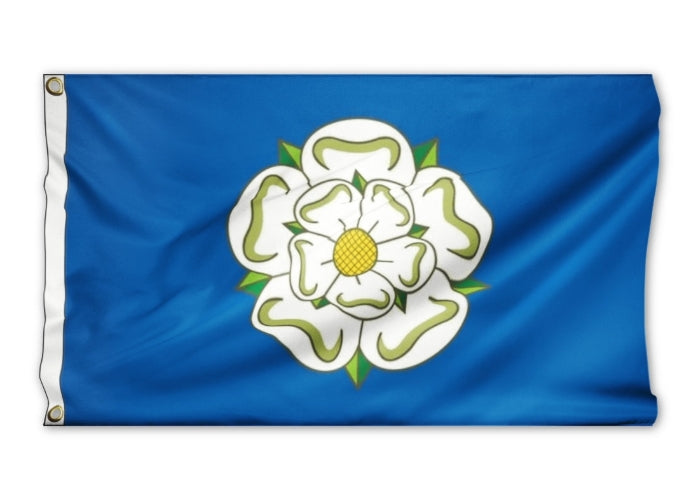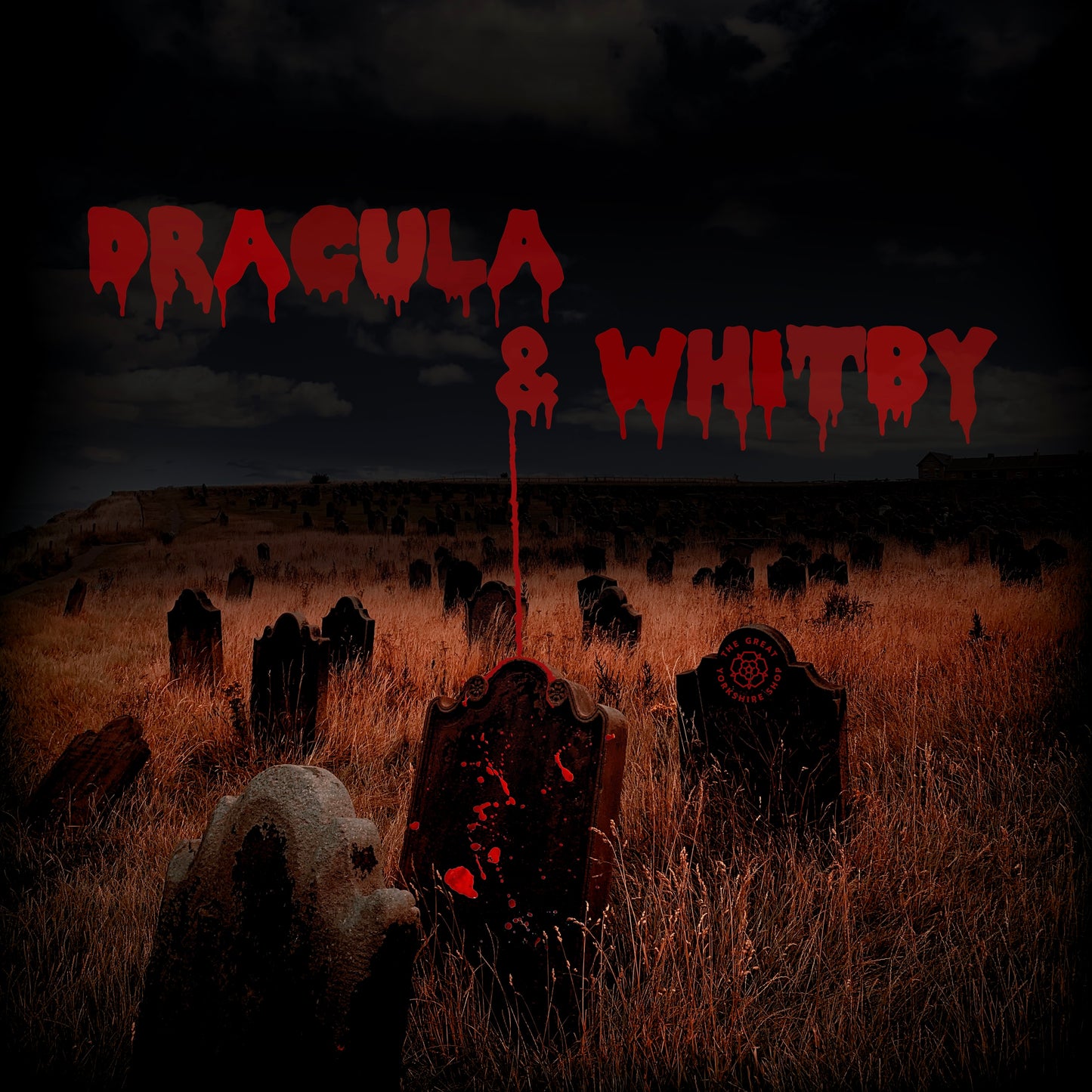
As we get deeper into the season of pumpkin spice lattes, scary movies and sparklers on bonfire night - We wanted to delve into Dracula and Whitby with our latest blog on this historic piece of literature and the special place famously featured within.
Dracula is one of the most famous pieces of British literature, it is an epistolary novel, meaning the story is told through letters, diary entries and newspaper clippings. It was written by Bram Stoker in 1897, and while it isn't the first novel about vampires the impact it has had on the folklore of the vampire makes it perhaps one of the most influential.
The story takes place in three main locations, Transylvania, a region in Romania, London, and of course, Whitby!
In the spirit of Halloween, we dove into the history of Whitby and Bram Stoker's time in the seaside town to see the impact it had on this iconic gothic novel.
Before Dracula
Whitby has its own history of maritime successes. In the 18th century, it was a shipbuilding town, and for a short period in the late 18th century, it held the title of third largest shipbuilder in the UK after London and Newcastle.
Perhaps more famous is Whitby’s history with whaling. In 1753 the first whaling ship left Whitby’s harbour and set off to Greenland. By 1795, Whitby was a major whaling port allowing for the production of oil, and whalebone used for corsetry. But by 1831 whaling products were no longer in high demand and the seaside town only had one remaining active whaling ship, the Phoenix.
During the Georgian period, Whitby became a spa town, with tourists travelling to experience the health benefits of three springs in the area. To house the visitors lodging houses and hotels were built. And spurred by the number of tourists, the Whitby and Pickering Railway was built, connecting Whitby to Pickering and then to York. This opened up the remote Whitby to the rest of the country allowing the tourism industry to boom.
This history is an important backdrop to the story of Dracula. While these elements may not be a key part of the story they can still be felt through the descriptions and atmosphere of Whitby.
Bram Stoker in Whitby
In 1890, Irish writer, Bram Stoker, visited Whitby taking up residence in a guesthouse on the west side of the River Esk for a month. The seaside town had been recommended to him by Henry Irving, his colleague and friend.
When Stoker arrived he was already working on a novel involving vampires! It was to be set in Austria and the central character was a mysterious Count Wampyr…
Stoker soon found that Whitby was the perfect setting for a gothic tale, with the ruined abbey sitting high on the cliffs, the tight winding streets of the town, its long association with jet, a semi-precious stone used in morning jewellery, and with weather predisposed to rain and gloom it was easy to imagine a supernatural being haunting the area.
Whitby was a constant source of inspiration, even giving Stoker the titular character’s name. He found the name at Whitby’s public library. While many believe that the inspiration for the character of Dracula comes from Vlad the Impaler or Vlad Dracula, however, there is some dispute about whether this is true. Stoker noted this about the name “Dracula means devil. Wallachians were accustomed to give it as a surname to any person who rendered himself conspicuous by courage, cruel actions or cunning”.
Other elements of Whitby's history can be found in the novel. The ship that brings Dracula to Whitby, Demeter, and its shipwrecking at Tate Hill Sands was inspired by Dmitry, a Russian ship that ran aground five years prior to Stoker's arrival in Whitby.
Dracula's first victim in England is a man called Swales. He talks to Mina and Lucy during their stay in Whitby, joking with them and telling them tales about the area. he later warns Mina of a wind that "smells and looks like death" foreshadowing the arrival of Dracula. Stoker found the name Swales whilst wandering in the graveyard of St Mary's Church, and Swales' name has been immortalised in this classic.
Dracula and Whitby
Prior to Dracula's arrival, it is Mina who gives us the most insight into the town, she describes "The houses of the old town--the side away from us, are all red-roofed, and seem piled up one over the other anyhow." While at Whitby, Mina discovers her favourite place to write and work, between Whitby Abbey,"It is a most noble ruin, of immense size, and full of beautiful and romantic bits", and St Mary's Church. It is described as "the nicest spot in Whitby" and it is here that she meets Mr Swales.
Whitby is where Dracula begins his reign of terror in England and his entry to the town perfectly encapsulates the atmosphere of the town and the rest of the novel. The shipwreck not only harkens back to the shipwreck of Dmitry but also the town's longstanding relationship with maritime trade. Dracula, in the form of a dog, leaps off the boat and is reported to make his way up the 199 steps to St. Mary's Church where he begins to torment the citizens of the town.
While Bram Stoker's Dracula is a work of fiction, Yorkshire is a county full of real mystery and intrigue of the supernatural kind. You can find out more about Yorkshire's haunted history and folklore with our collection of Haunted Yorkshire books and Folklore books here. You can also discover our collection of foods to help you get in the Autumnal mood. Shop all our Autumn Treats here.





